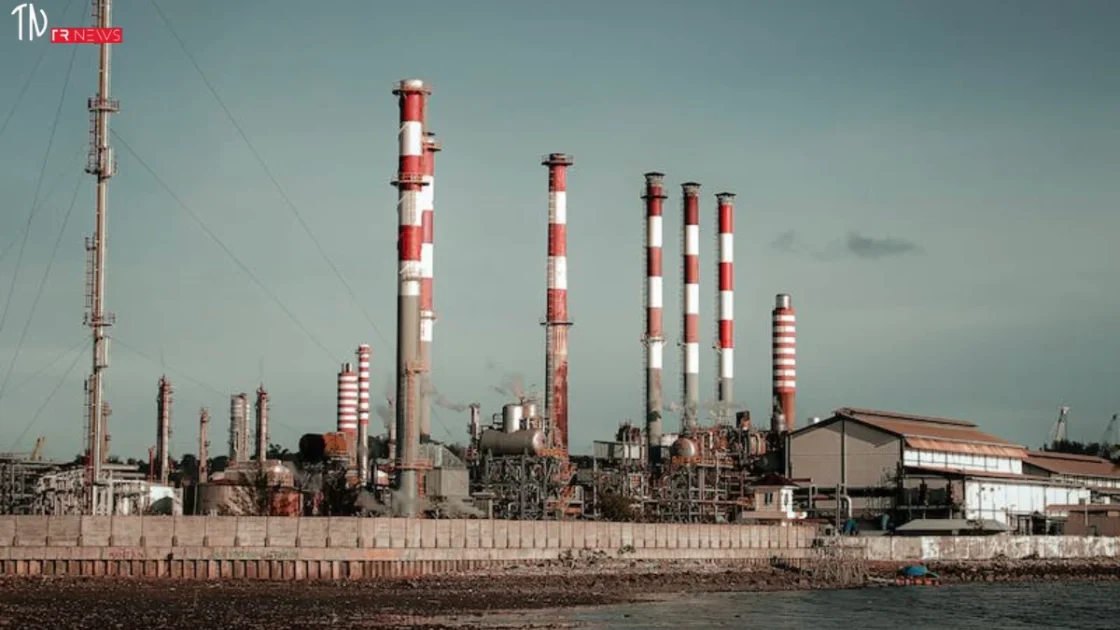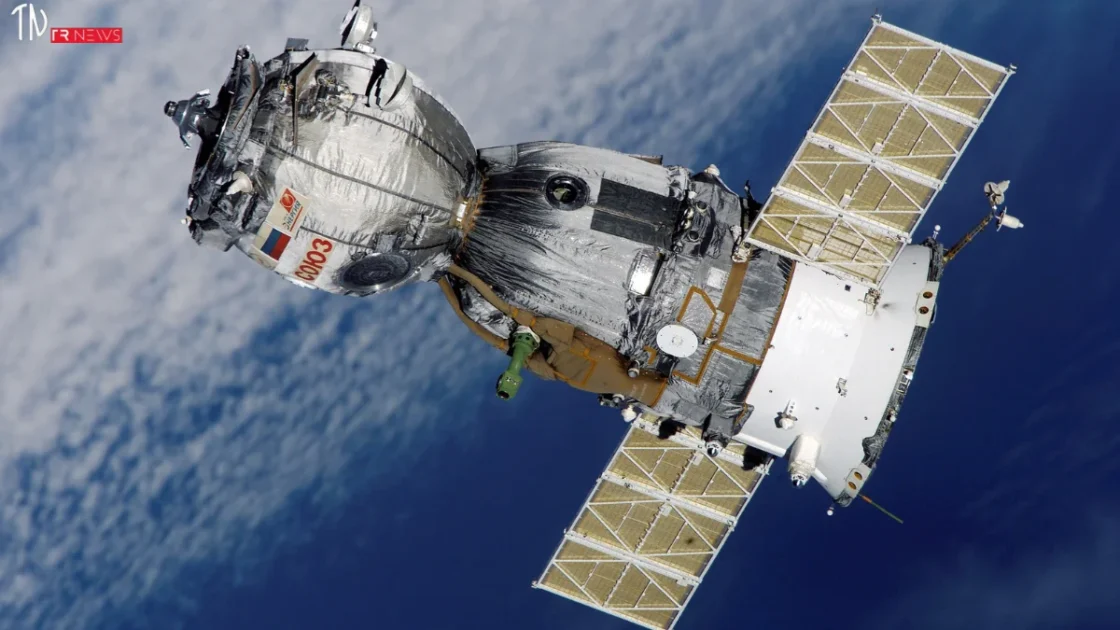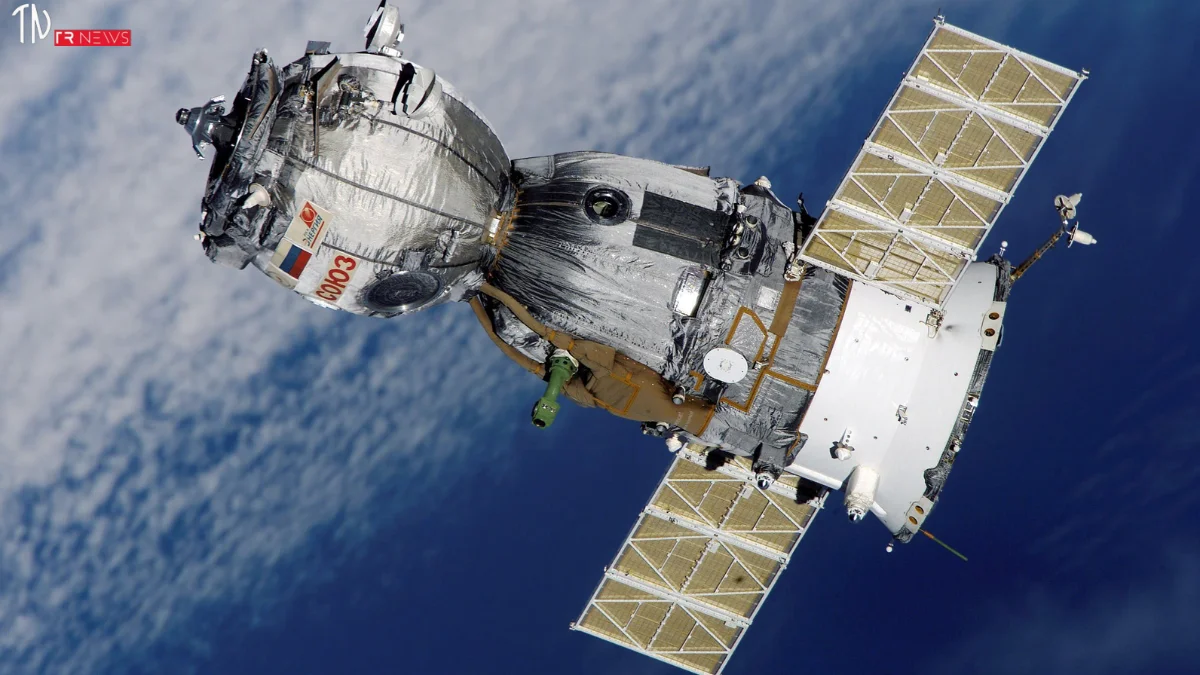Google has launched a leading cooperation with the Environmental Protection Fund (EDF) to address one of the most important environmental concerns of our time. A tech giant has launched a sensational satellite mission in association with the nonprofit Global Climate Group, aiming to map methane leaks from space.

The methaneSAT satellite project, which the EDF proposed six years ago, has finally become a reality. This serves as an essential advancement in our ability to supervise and track emissions of methane gas, a considerable contributor to climate change. MethaneSAT has cutting-edge AI tech, that specifically enhances the ability to generate a large global map of methane emissions from oil and gas infrastructure.
Set to launch on a SpaceX rocket in March, MethaneSAT will complete 15 orbits in a day above Earth’s 300 miles. This strategic situation allows to capture data from different areas around the world, providing valuable insights on methane emissions from various sources.
Methane, though invisible, packs a considerable punch regarding its effect on global warming. Responsible for nearly one-third of emission-induced growth in global temperatures since the industrial age, methane is a significant threat to the stability of our planet’s climate. The aim of MethaneSAT is to contribute to the efforts to reduce this danger by identifying and monitoring methane leaks.
Google’s participation in the MethaneSAT project is beyond just a partnership; providing the AI computing capabilities needed to analyze the huge data collected by a tech giant satellite. This cooperation underlines Google’s commitment to use environmental stability and technology to deal with climate change.
The importance of addressing methane emissions can’t be reduced. While carbon dioxide often takes the main platform in discussion about greenhouse gases, methane is very powerful in imprisoning heat in the atmosphere over a 20-year period. Hence, decreasing methane emissions is considered to be one of the most compelling temporary techniques to decrease environmental crises.

Other satellites have discovered numerous sources of methane from oil and gas sites, that is a considerable greenhouse gas. However, methaneSAT is better at finding these leaks. It can see more areas and is better at detecting small leaks. This is a huge improvement in our approach to methane.
Google and the EDF are working together to fight global warming.They’re utilizing satellites, AI, and maps to generate a methane leak map. This map will help authorities and industries tackle these leaks and decrease methane pollution.
Although we’ve made progress in search of methane leaks, there are still challenges. It is difficult to detect methane from sources like farms. In 2020, the US Environmental Protection Agency released a study showing that a single cow can release between 154 to 264 pounds of methane gas annually. The report also estimated that there are about 1.5 billion cows worldwide raised for meat. But plans like methaneSAT are a big step in the right direction to fight environmental crisis and keep our globe healthy.
We’re excited to see what MethaneSAT can teach us about methane pollution worldwide. With a passion for Google’s Smart Tech and EDF’s environment, MethaneSAT can help us make a huge change in the fight against climate change.
Google’s Role in Shaping Tomorrow: Concluding Thoughts on MethaneSAT
In a few words, Google and EDF’s work together on MethaneSAT is a big thing. They’re utilizing the newest technologies to deal with methane pollution. This project can alter the way we comprehend methane leakage and help us fight global warming better.
Related:
